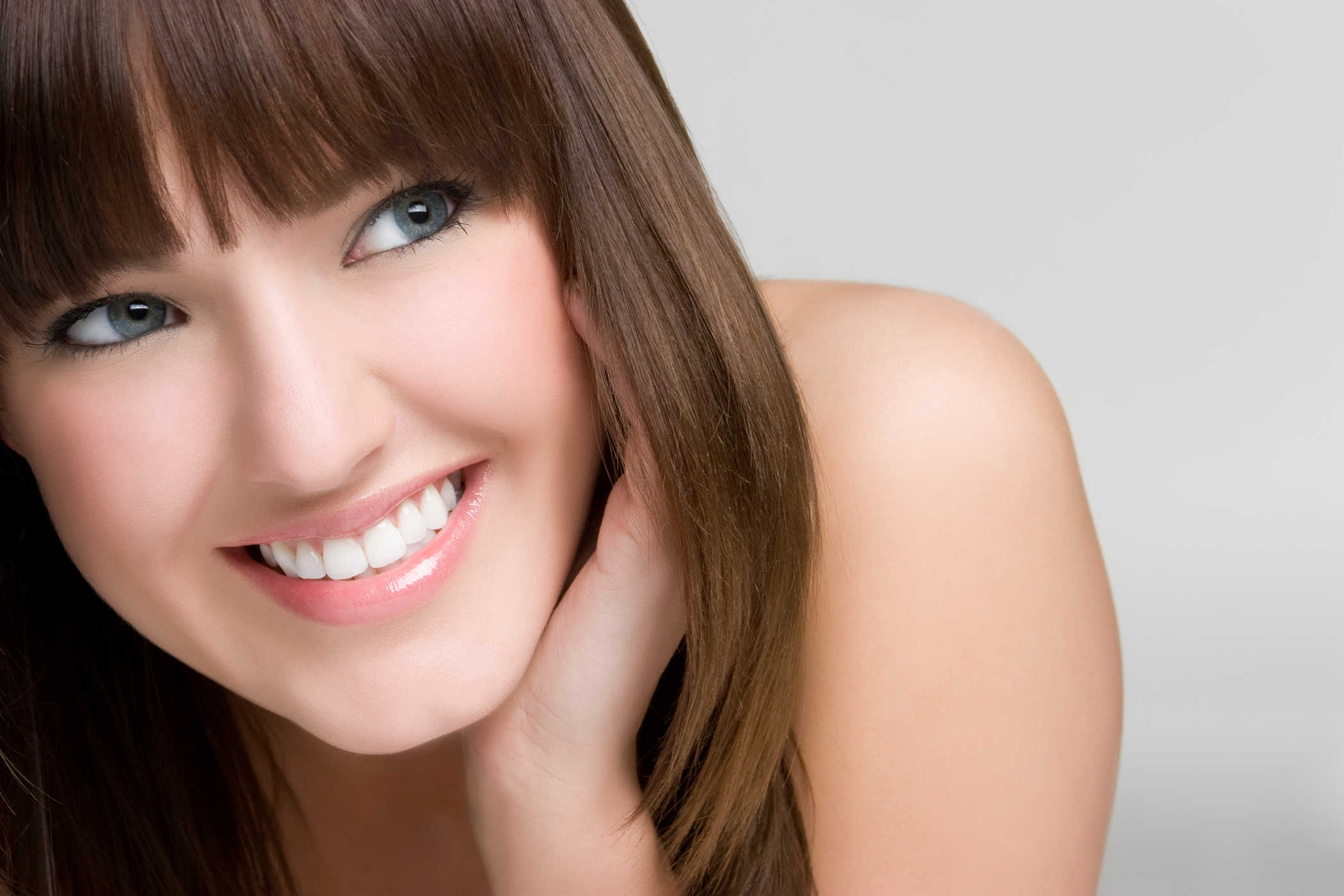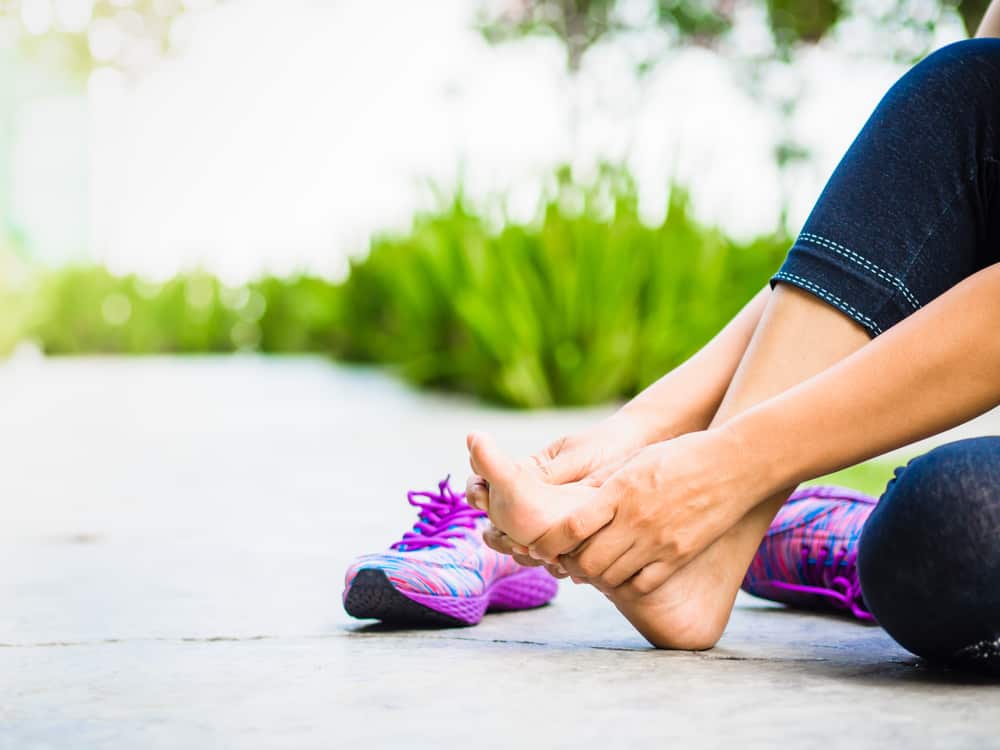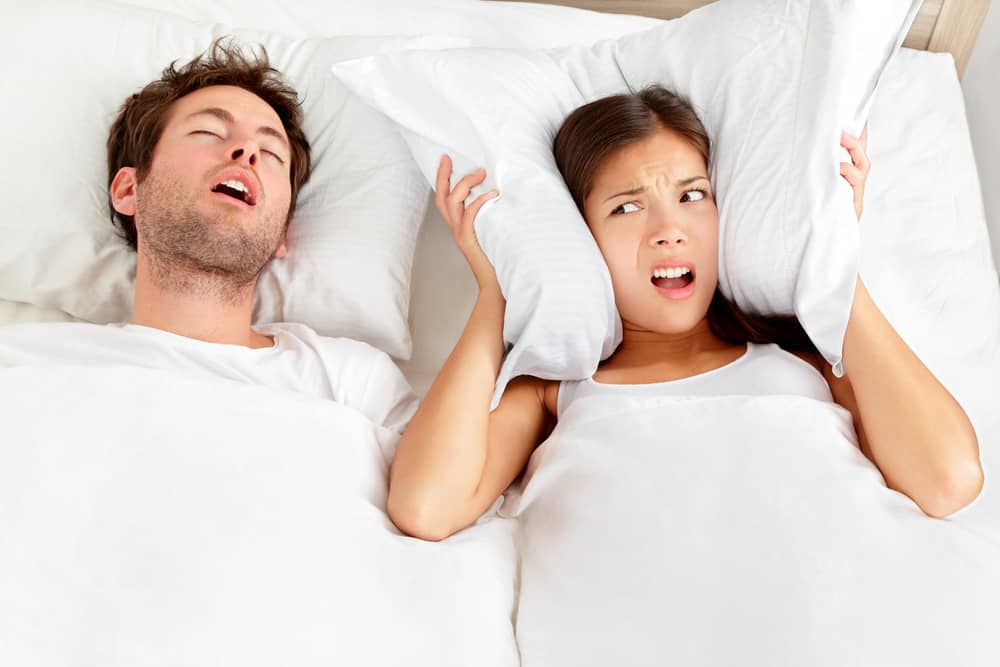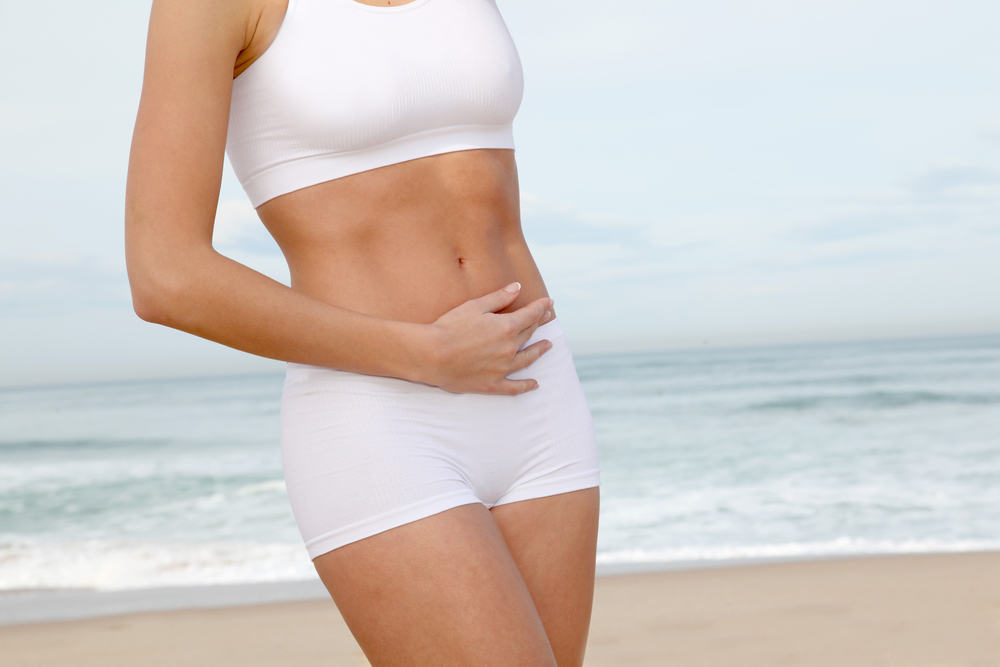Contents:
Medical Video: 5 Different Ways to Wear Bangs
Hair bangs are again becoming a trend this year. Besides being easy to arrange, bangs frame your face in such a way that makes your overall appearance look fresher and younger. But, is it true that bangs make it spotty, especially on the forehead?
Unfortunately, acne caused by bangs is not just a myth. Acne arises when oil and dead skin cells clog the pore. This blocked pore then becomes infected by bacteria.
How can bangs make it spotty?
Forehead is part of T-zone face, which generally produces more oil. When the bangs cover your forehead, the hair's natural oil and dead skin cells from the head will collapse and be trapped in the forehead area.
Oil piles and dead skin cells, combined with sweat and dust from hot and humid outdoor weather, will cause acne to become more inflamed and begin to appear on your forehead, especially if your hair type is oily.
In addition, the use of hair care products, such as shampoo, conditioner, and hair styling products can also trigger acne on the forehead.
"When bathing, the foam from shampoo and conditioner will drip and stick to your forehead and face, which can lead to acne," Dr. Rachael Eckel, dermatological cosmetics, reported from Dailymail Online.
Shampoo and conditioner foam can also cause folliculitis, small, reddish, itchy spots like pimples, on the forehead, chest and back.
Same is the case with hair styling products. Gel, pomade, or mousse tend to "melt" onto the skin of the face, especially around the hairline and forehead, to clog the pores and trigger irritation.
How to deal with acne due to hair bangs?
First, find out what type of zit appears on your forehead. There are two types of acne that commonly appear on the face: whitehead (small pimples) and milia. Whitehead can be formed easily and can be treated with routine exfoliation and use of topical acne medications. Milia is formed when dead skin cells are trapped beneath the surface of the skin, causing small and hard bumps. This lump can be treated with treatment from your dermatologist, such as peeling, retinoids (vitamin A), facials, or even tissue removal procedures.
Then, to keep your skin from pimples even if you maintain beautiful bangs on your forehead, do the following steps.
1. Wash your face properly
Wash your face twice a day, followed by a range of facial care products that suit your skin type and your problem. Choose facial care products that contain salicyclic acid and glycolic acid. Also apply toner every time after washing your face. Toner will shed the remaining dust, oil, and dirt that may still stick to your face after you wash your face.
For best results, use products that contain glycolic acid in the morning and salicyclic acid at night. Both of these active ingredients will help remove dead skin cells and cleanse oil and bacteria.
2. Pinch bangs when needed
Bangs make it spotty because the skin of the face covered in bangs is difficult to breathe. We recommend that you pin or tie it over your bangs during your activities at home, to let your skin breathe for a moment. Use headbands when exercising, or shower cap when you are doing weekly hair care.
3. Change the hairdressing ritual
Make some simple changes in how you manage your hair. When you use hairspray or mousse, spray the product onto your comb and apply it to the hair, compared to spraying it directly into the hair. This is done so that the splash of the product does not stick to the face. Don't also apply hair styling products along the hairline and directly on the scalp. When using conditioner, gel, pomade, or mousse, apply it from the center of the hair.
4. Do not use makeup occasionally
If your activities do not require you to wear makeup, you should not use makeup, to rest your skin. Oil-based and powder-textured makeup products can increase the risk of pore blockage. Alternatively, use water-based beauty products and always remember to wash your face at night before going to bed. Never sleep with makeup still on the face.
5. Change sheets and pillowcases
Regularly replace bed sheets and bolster pillowcases, especially for those of you who also have oily faces. Inflammation of pimples can be triggered by cloth sheets and dirty bolster pillowcases, a combination of oil and dust that moves from your face and bacteria and dust flying in your bedroom. Routinely wash all your sleeping utensils with hot water and dry them in the sun, at least twice a week. Indeed, maybe the bangs make it spotty, but your personal hygiene may be the main trigger.












